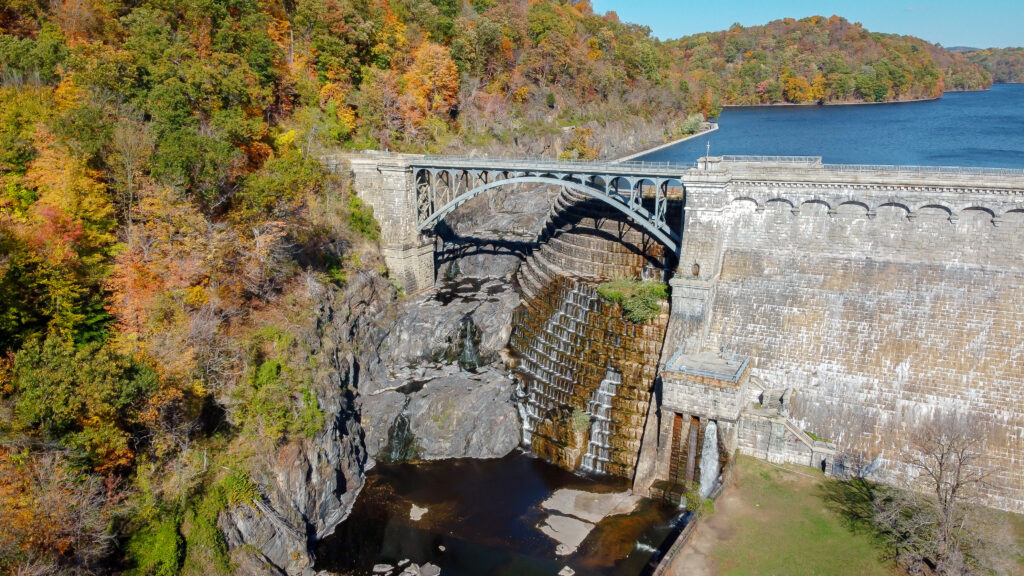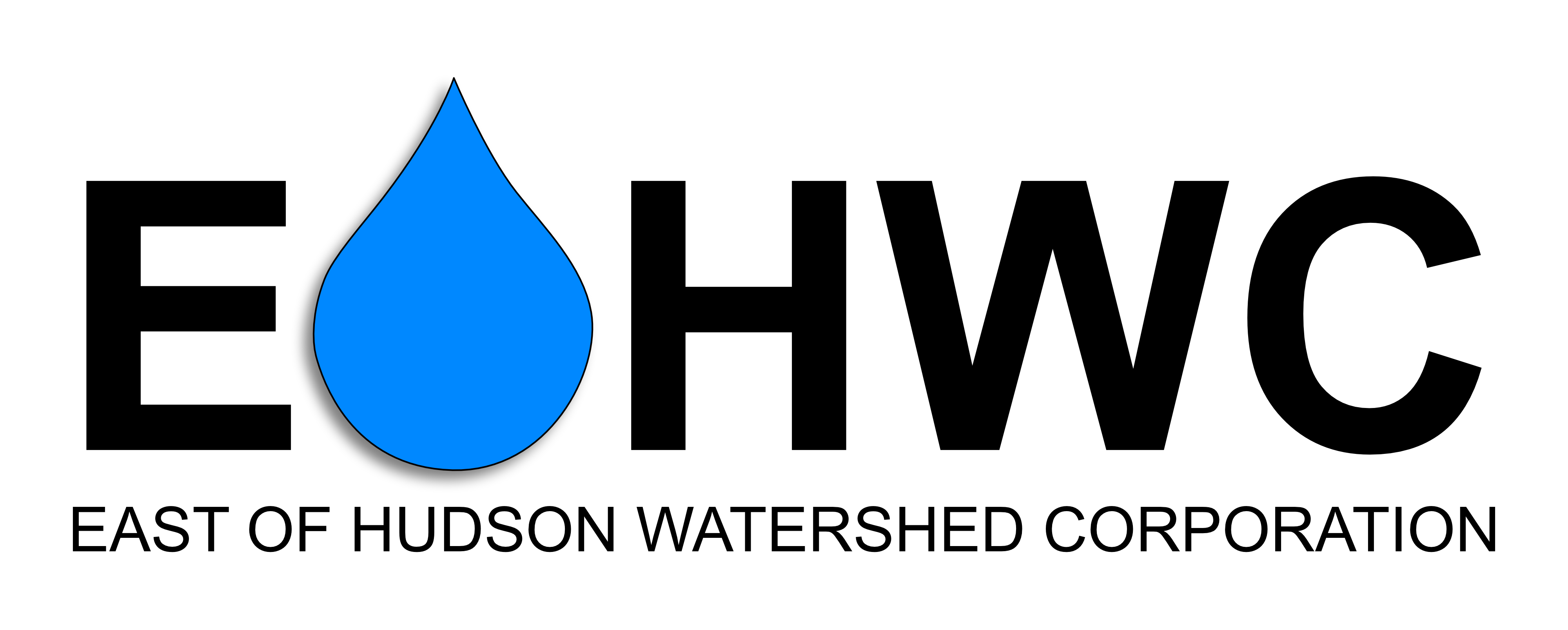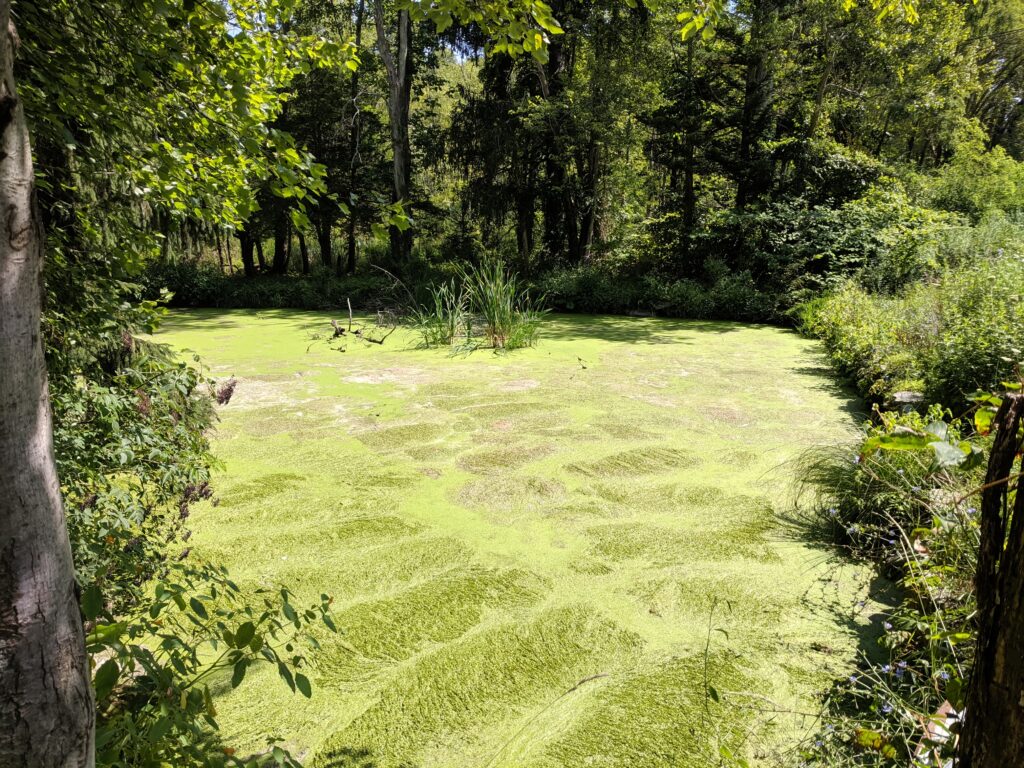Learn More!
The East of Hudson Watershed Corporation is involved in many projects across the watershed. View the content below to learn about the watershed, treatment practices, view completed projects, and understand the importance of our mission!
What is Stormwater?
In a natural and undeveloped environment, when it rains, snows, sleets or hails, precipitation would come down and either be absorbed by the ground, becoming part of the groundwater supply or gently roll down the landscape into nearby waterways. The flow of water across the land is called stormwater, and properly managing it is becoming an increasingly more important issue.
We are always expanding our built environment. Whether it be a new sub-development, shopping mall, office complex or parking lot, this action of turning nature into the unnatural is called land development and is causing huge problems for our waterways. In an undisturbed state, the natural environment acts as a sponge for stormwater. However, once land development occurs, the hard pavement and buildings prevents stormwater from going back into the ground, causing it to concentrate into damaging volumes and carry pollutants to the nearest body of water. This often leads to damage from soil erosion, and the transport of pollutants such as trash, oils, grease, pesticides, fertilizers, heavy metals.
Now that you know the problem, let’s look at an example of the issue at hand. The images below show a perfect example of the impacts of land development. The before photo is an aerial from April 2004, prior to the construction of the Stone Ridge development project in Somers, NY. The land this 27-acre subdivision was built upon was either forested or used for farming. The after photo is an aerial from July 2019, once construction was completed on all of the lots.
This area went from zero sections of impervious cover, to almost 30% coverage between the streets, driveways and rooftops. Paving so much natural and grassy areas resulted in an almost 6.5x increase in the amount of stormwater runoff!
Not only is there a substantial increase in stormwater, but those extra flows are carrying up to 10x the amount of Phosphorus. This will cause an ecological nightmare as the water flows eastward towards the Muscoot River, into the Muscoot Reservoir and into the drinking water of New York residents.
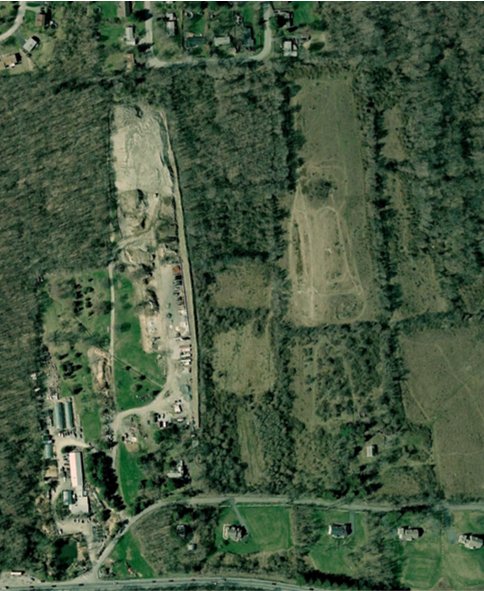
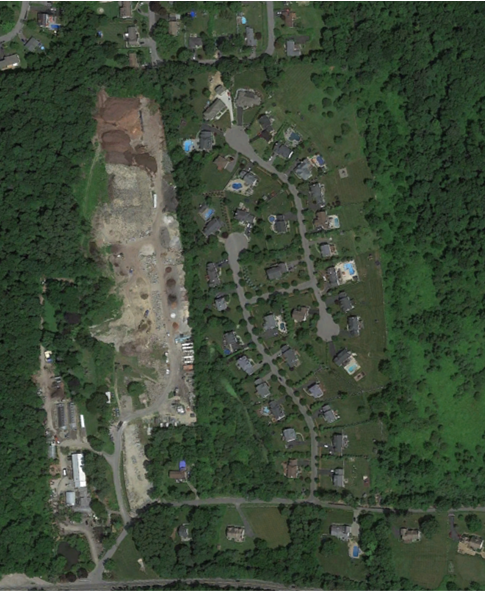
The Problem with Excess Nutrients
We just mentioned that paving over areas leads to heightened levels of Phosphorus in our drinking water, but what does that mean? Phosphorus is a molecule that can be found in leaf litter, manure, fertilizers, soils and road salts. It typically is a limiting factor for plant growth, meaning that as more phosphorus is available, plants can grow more. On the surface, this seems like a good thing, right? We need strong and healthy forests to combat climate change! However, the problem is that Phosphorus gets carried by stormwater flows into nearby ponds, lakes and reservoirs. This “limiting” nutrient is now in excess supply, allowing the aquatic plants to explode in population, especially algae.
This leads to a phenomenon that is quickly wreaking havoc across the state, known as harmful algal blooms. The New York State Department of Environmental Conservation estimates that every excess pound of Phosphorus can feed the growth of up to 500 pounds of algae! Now, not all blooms are dangerous to humans, but all large-scale algal blooms, such as the one seen in the photo, are dangerous to the ecosystem. Often, these algae grow at such a rapid pace that they consume all of the nutrients and minerals available in the water, whether it be Nitrogen, Phosphorus or even Oxygen. These blooms are known to cause anoxic conditions which cause aquatic plants and animals to die from a lack of oxygen. Some species of algae, namely cyanobacteria, can produce toxins that are dangerous to humans and can lead to death upon ingestion.
The Goal of the East of Hudson Watershed Corporation
Our mission is to reduce the negative impacts of endless human development. In recent years, New York State has implemented new rules and regulations pertaining to stormwater management. These require that all new construction projects, whether it be a single-family house, huge sports complex, or an apartment redevelopment, must offset the amount of impervious material that they place by installing stormwater management practices. Thus, it is imperative that organizations like the East of Hudson Watershed Organization work together with local municipalities, developers and landowners to roll out programs to address mounting concerns about stormwater management.
In pursuit of our primary mission, we work to install new stormwater management practices at already existing constructions. We try to find solutions that aid locations that are not managing their stormwater resources. We try to create solutions that are non-intrusive and can even add aesthetic and educational value to the location. Doing such leads to the reduction of the amount of phosphorus entering the East of Hudson Watershed, which ensures that drinking waters used by the region stay clean and healthy. Our emerging objective is to educate the community on the problems that arise with stormwater to encourage residents to become active in the promotion of stormwater management.
Below you can view the New Croton Reservoir, which is where all of the stormwater throughout the East of Hudson ends up before traveling south to the Kensico, and ultimately NYC. There is also the map of the many projects that we have installed thus far and the total amount of Phosphorus that is removed from the watershed on an annual basis. If you have any questions about our work at these locations, please feel free to give us a call!
